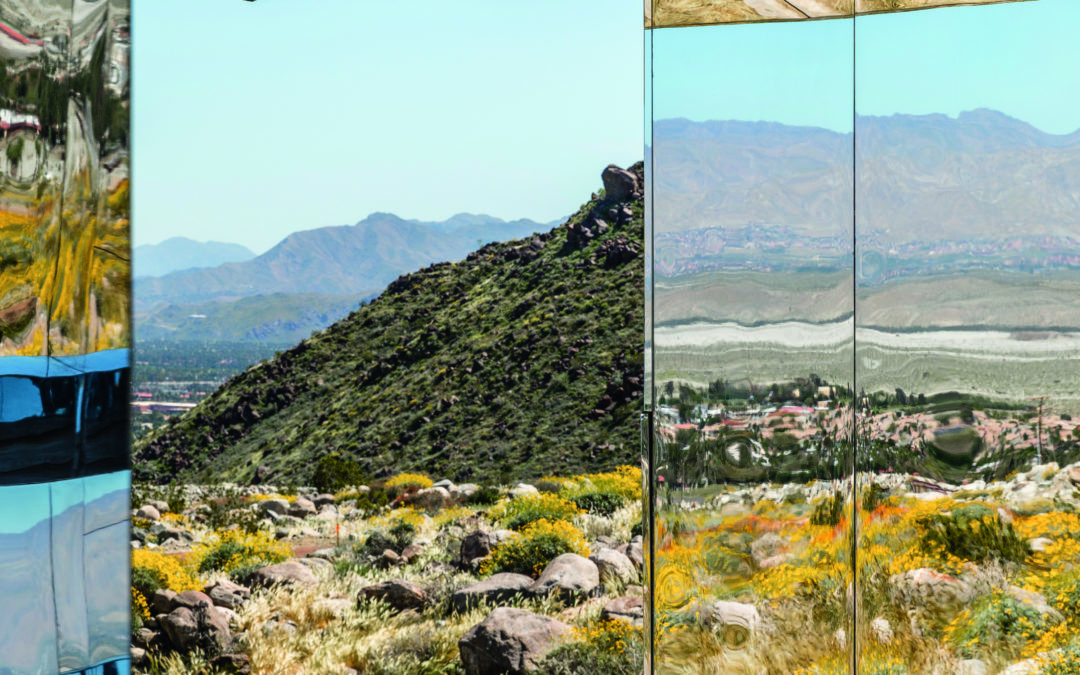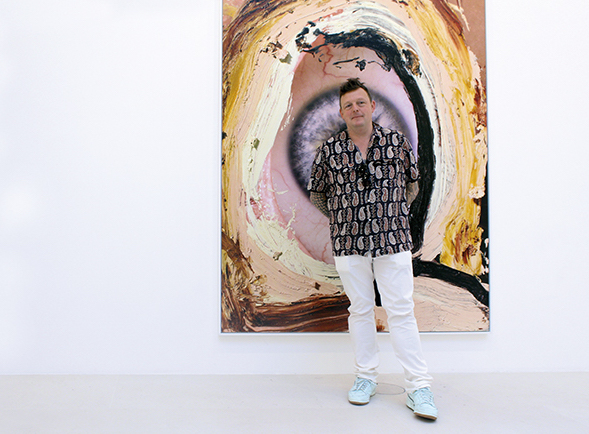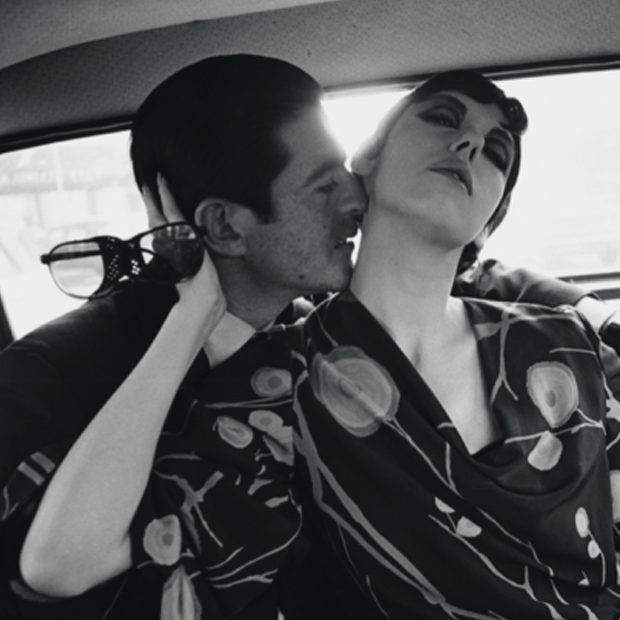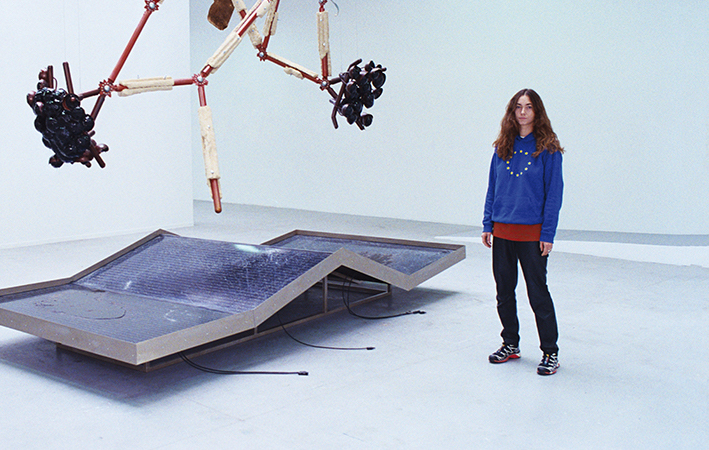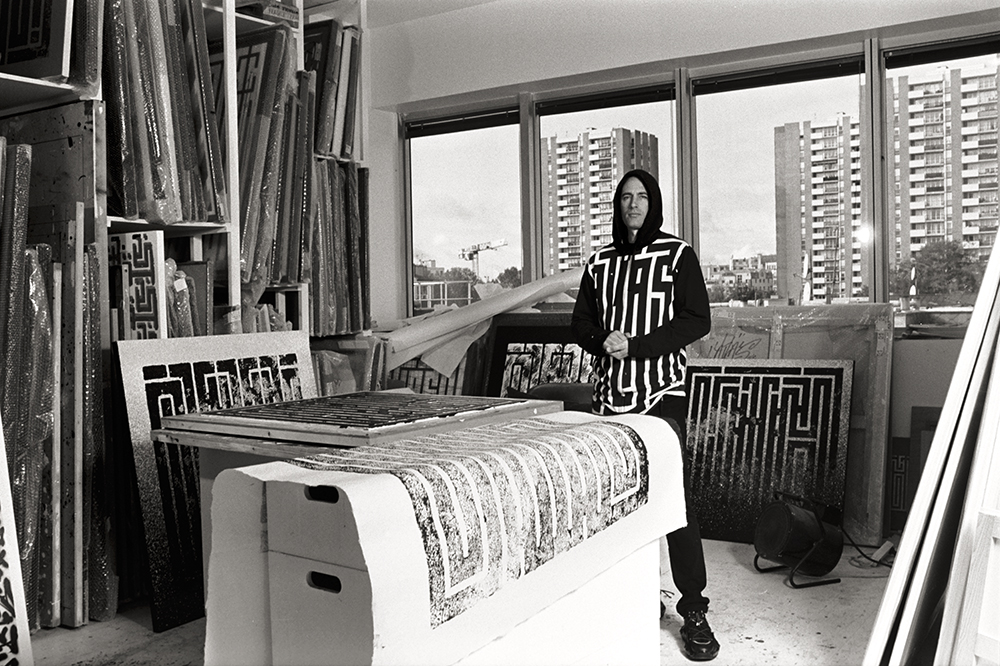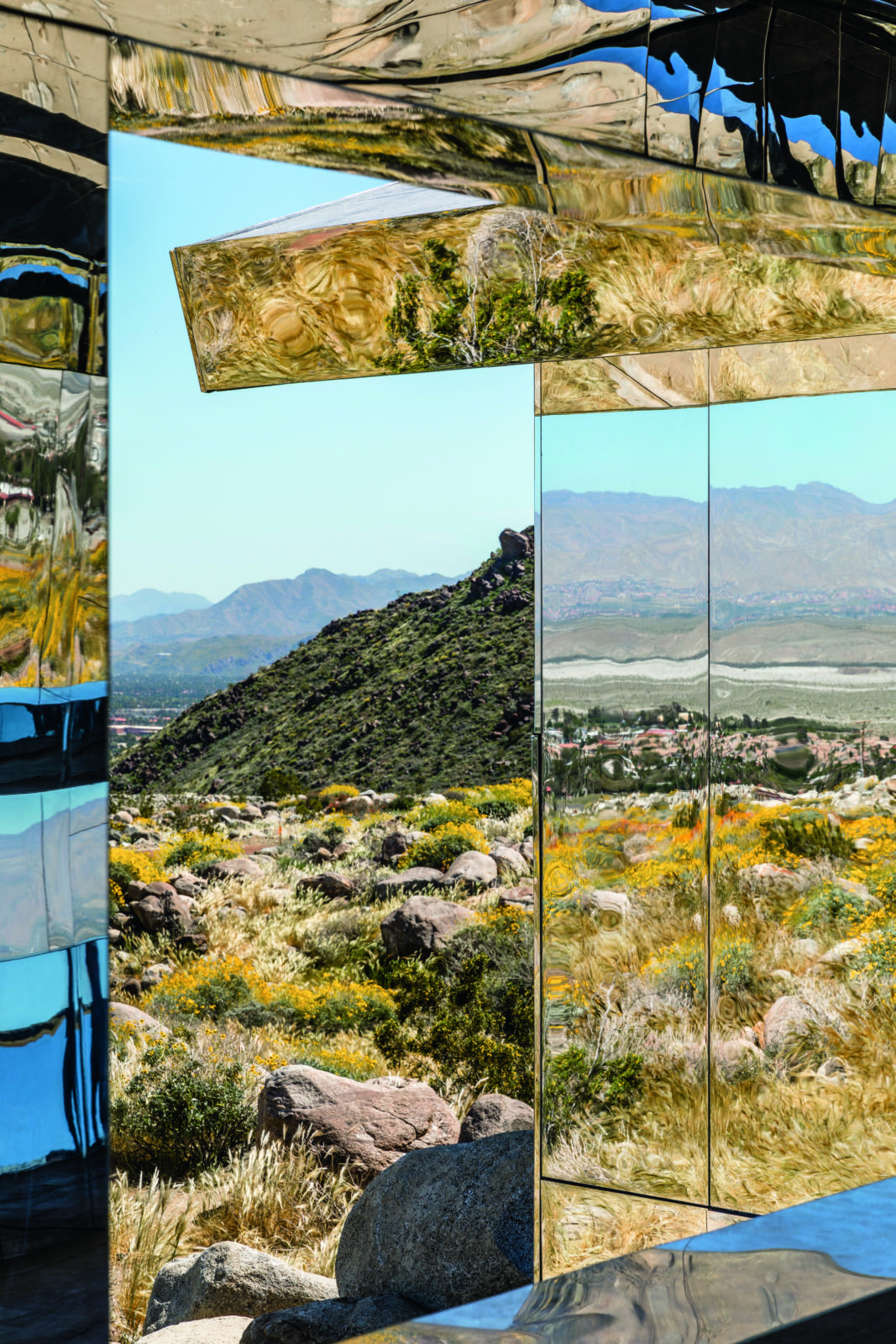
A MEETING BETWEEN DOUG AITKEN & ARMELLE LETURCQ
By Crash redaction
Saint Laurent confirms Anthony Vaccarello commissioned to the internationally renowned artist Doug Aitken a large-scale site-specific installation which Saint Laurent will offer to the city of Venice and its public. The artwork will be the site to stage Saint Laurent Menswear Spring Summer 2022 show in July 14th, in concomitance with the Biennale of Architecture, and it will remain accessible to the public until July 30th, 2021. As a result of the collaboration between Anthony and Doug, a new cultural destination, which synthesizes interactive arts with architecture, will merge multiple disciplines reinforcing and fueling the concept of creative intersections.
The occasion to rediscover our interview with Doug Aitken from our issue#81
Driven by an urge to generate profound and intense reflection into his art and each viewer’s experience of his works, Doug Aitken has spent more than twenty years testing the boundaries between genres and exploring a world in constant movement. With “Underwater Pavillon” and “The Garden”, he offers a pair of liquid and nomadic constructions in which the audience plays a crucial role in the artwork itself. For Crash, he has produced a special project connected to his landmark work, a utopian mirrored glass house situated in the desert of the Coachella Valley, called “Mirage”.
I really love the Mirage project, this reflecting mirror house in the desert of California…
With Mirage I wanted to create a living artwork, a living system. Something that was unrepeatable and continuously changing. It’s as simple as the reflections of the sun, and the moon, and the wind, and the dust – all these things transform the artwork continuously. The landscape and the viewer become the author of the artwork. Inside and out of the house are entirely mirrored. The landscape controls the artwork. From day to dusk to night to inside with the full moon exploding it is continuously changing.
What will happen with the house after the project, DX2017 ?
We’re going to extend it so it should be there the rest of the year. We’ll probably take it to another place in the desert where Frank Lloyd Wright made a school in the 1940s, Taliesin West, and we are talking about creating a similar project with MOMA/PS 1 in the Rockaways. And now we’re looking at where it can go in the new year. But I’m very attracted to the idea of it going and living its life, just going from place to place. We were also just talking about bringing The Garden to London. I think that would be so interesting to see it in a completely different place, like in a kind of industrial place in London, almost unannounced. Like no one really knows it’s there, you just kind of have to discover it.
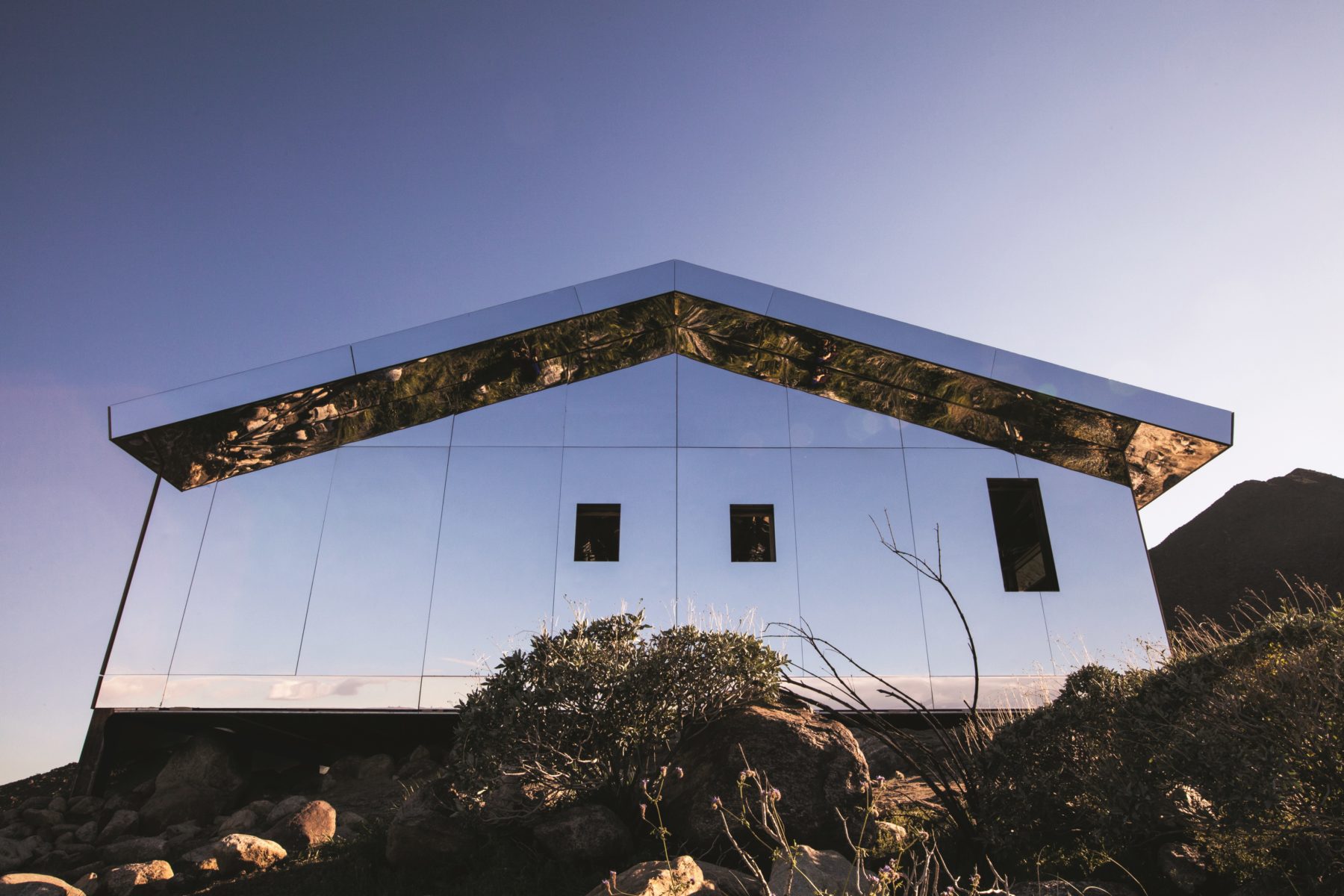
What’s also interesting is that when you move that house to a new place, it’s going to be completely different…
Yeah, absolutely and I’m very excited about it. One of the things that’s really important about these works – Underwater Pavilion, Mirage, and The Garden – is really that they’re artworks which are in constant flux, and they’re constantly changing and transforming. I’m really invested in the idea that art isn’t frozen, that it becomes a living system.
What is the difference between this piece and the sculpture Desire you are showing on the 303 Gallery booth at Art Basel, for example?
The sculpture, Desire, is a piece of mirrored artwork that I made while I was working on Mirage, and it kind of informed me on what was possible. I was working with sculptures in the form of words and language, and this piece kind of reached the extreme. It becomes completely abstracted. In a lot of ways, you can only see this work if you stand absolutely straight looking at it. That’s the only way you can really read it. Without that it becomes a kind of moving abstraction. So when I was working on Mirage, I was also busy working on that sculpture. And I was trying to work out the idea of how the viewer occupies the artwork, the angles, and the degree of abstraction.
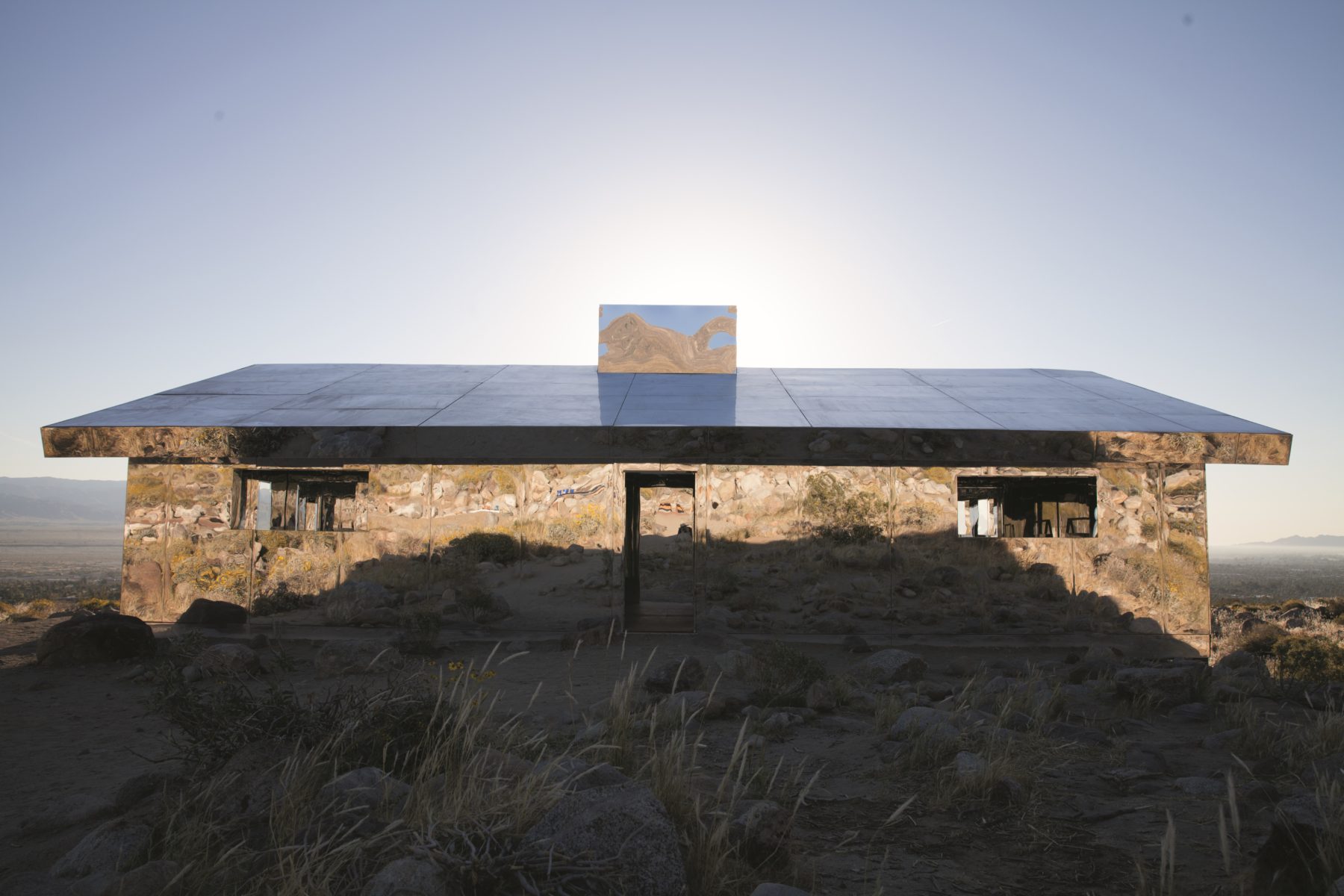
What’s interesting is that you don’t know if it’s a sculpture or just a picture, because it’s on the wall but it’s three-dimensional…
One of the things I question is how to remove the distance between the viewer and the concept and idea that the artwork carries. I think in a lot of ways throughout history we have looked at art, we see art, and in a kind of voyeuristic way we judge art. A lot of the projects we’re working on right now, like Mirage, Underwater Pavilions, and Garden, are more about creating systems, like a system of ideas, which are made for the viewer to occupy or encounter. And so they can change over time and with the environment they are in. To me, that questions the idea of art as something that’s stable, which is not always very interesting. I don’t want something that’s rigid, I want something that’s fluid. I want art that’s like water that moves and transforms continuously. I think that also speaks to how we perceive the world today. When you think about the way we see information, the speed of information, and how flat and wide this field of information is that we live in, it’s very different than when there might have been a singular image. And you go back to that one image over and over, that’s a vertical experience where you encounter the image and study it and you read into the narrative of something. And now the way we see is much faster and wider. I don’t necessarily feel critical of that, but I do feel that I want to see artworks move, as well, and I want to see them become part of that river. I think that what’s at the core of some of these projects and installations. There should always be an idea or question at the center. But what form it takes doesn’t really matter. If an artwork can become only an idea, then that’s amazing also. If it needs a shell, or it needs a body, which can be architecture, or it can be moving image or sound or form, then it takes that. For me, artmaking isn’t at all about a medium or an aesthetic. It’s about the journey that the idea takes, and letting the idea create its own language, in a way. I think every artwork is very different, but sometimes with projects like Mirage, there is a very specific idea. With Mirage I was looking at this idea of disappearance. How can the artwork vanish?
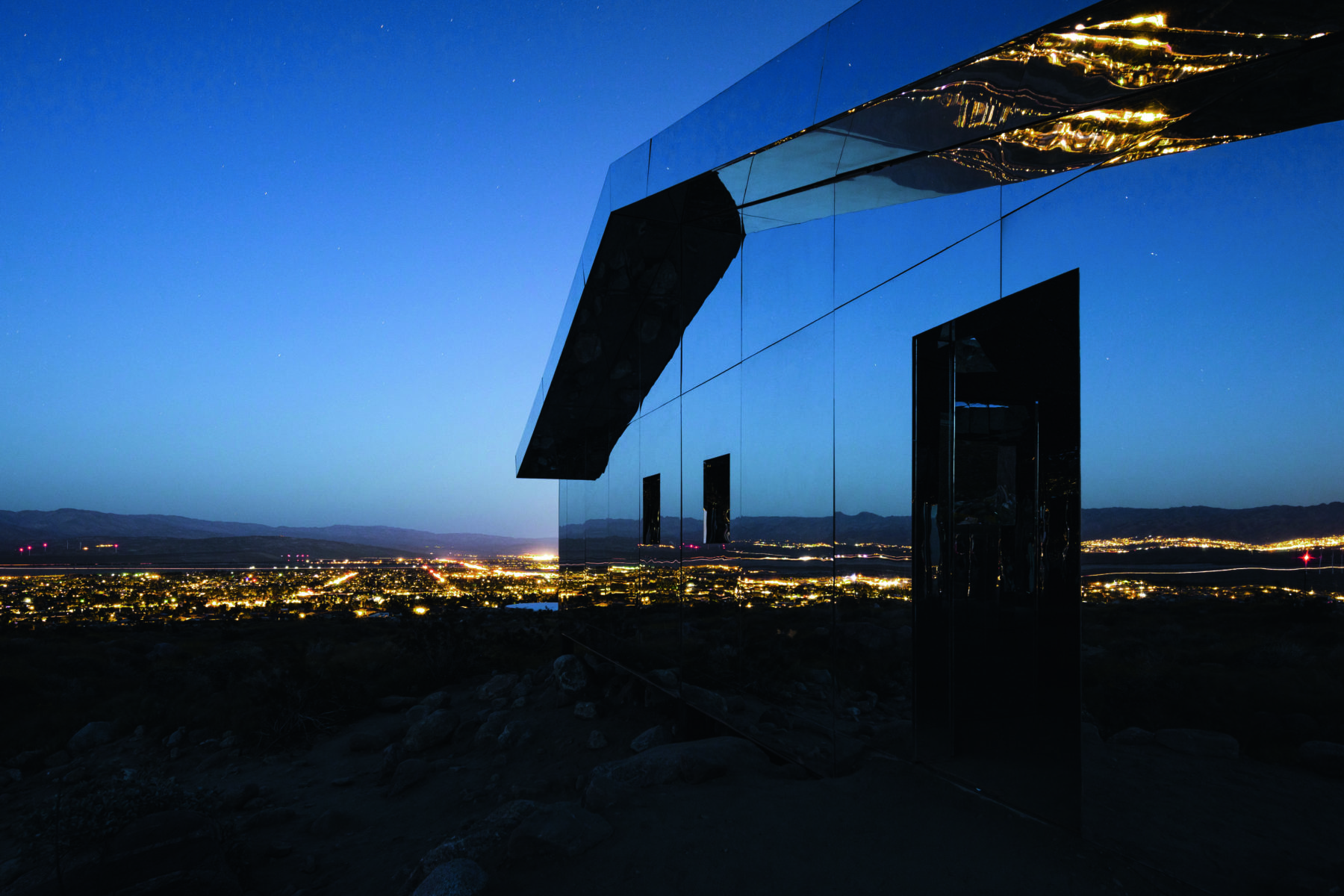
What’s important with your work is that the audience is taking time not only to look at the artwork, but also to be part of the artwork…
It’s that sense of breaking the distance between the artwork and the viewer. With the Underwater Pavilions, it was such a beautiful and extreme experience to find yourself floating weightlessly under the Pacific Ocean in December, and breathing underwater, and moving in slow motion towards these objects that you could swim through and occupy. It’s that idea that all of a sudden you’re encountering something, and that encounter is distinctly yours. You are authoring it. It’s not something that’s mediated. For myself, that sense of being weightless and moving horizontally, in slow motion, and being under the ocean in an environment that was so radically foreign to me, it was interesting on a sensory level. But when I swam and encountered the artwork the Underwater Pavilions for the first time, then I started seeing this disorientation… the sky is below me reflected, the ocean floor is above me, I see schools of sea life moving and multiplying in every direction. It’s something where you kind of lose your body and your sense of self, and suddenly you’re just in the present. It was also interesting with Mirage, since the viewer is unavoidably part of the artwork, because you find yourself in the work. But you see yourself in a very different view, maybe multiplied thousands of times or distorted, or maybe your reflection is merging with the landscape. If you were to look at outer space and see that a black hole draws in light, I think you could say that Mirage is like a white hole that pushes out light, pushing out landscapes, reflections, and one’s self, while merging it all into one living system. I’m very interested in these works being non-precious and organic, in a way, where the Underwater Pavilions can grow life on them. And something like Mirage can change continuously, you can never really control it. There’s something about that idea for me, of the artwork being in a position to let go and allow change and disruption.
Read the full interview in the issue #81 in our Crash store.
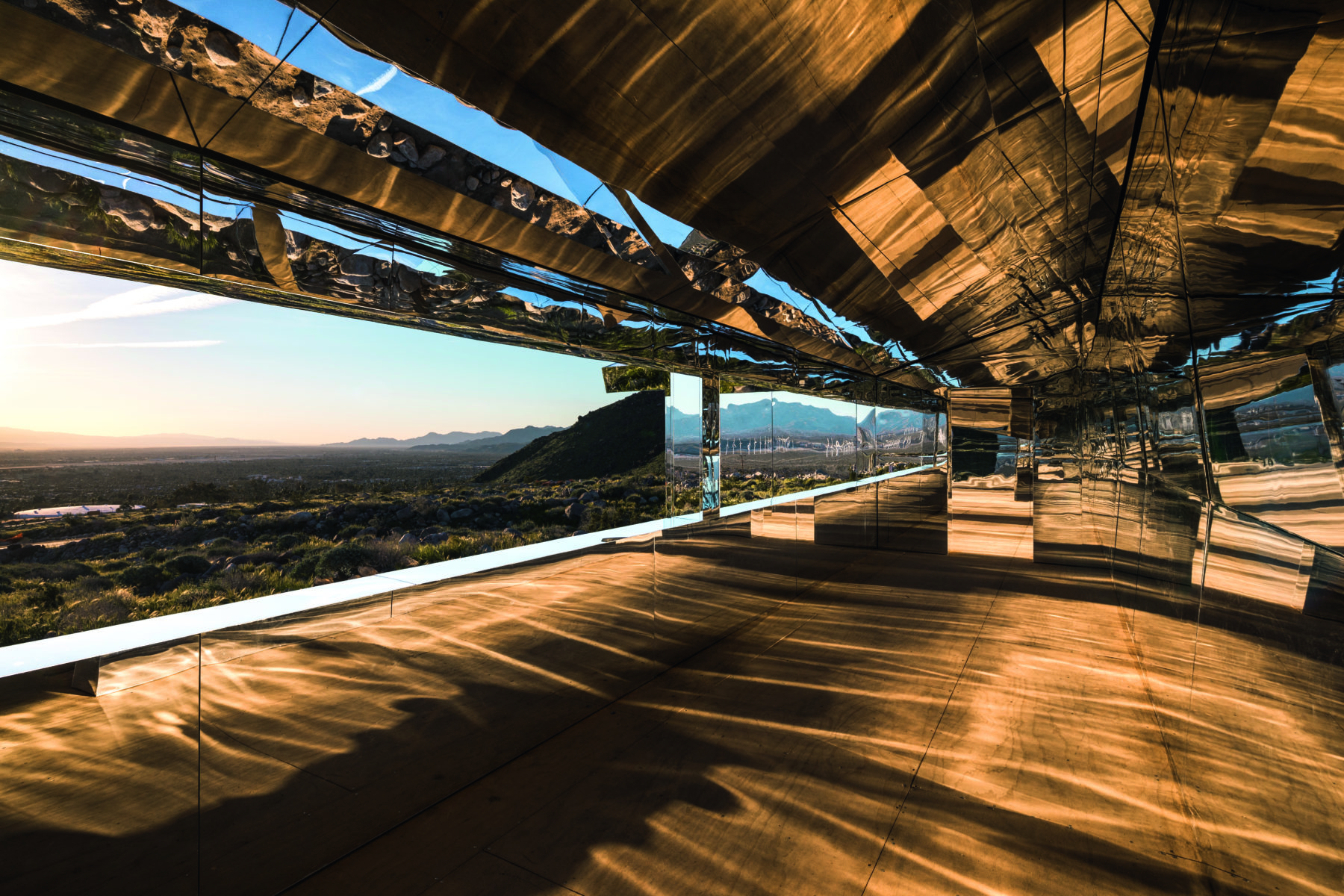
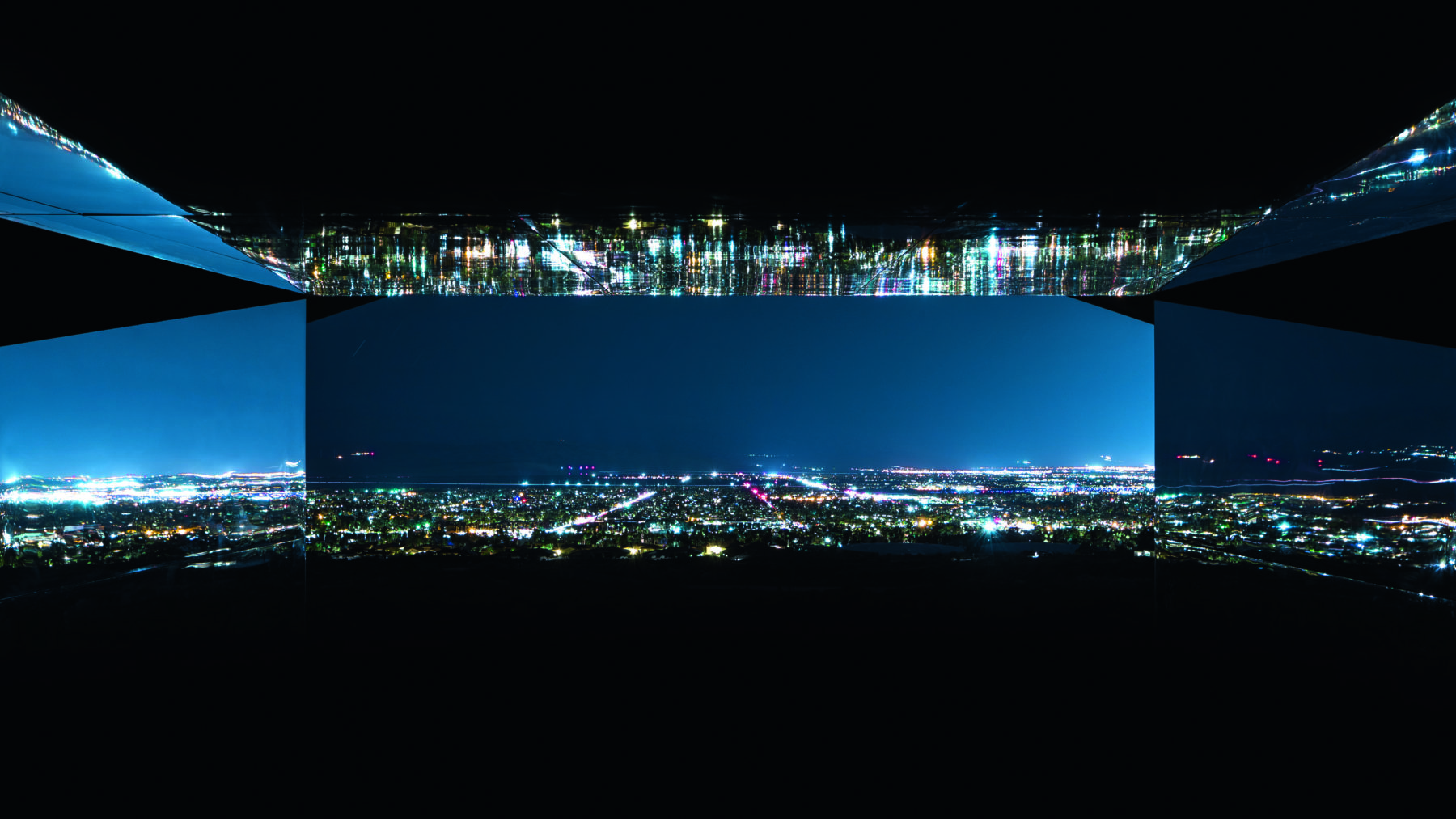
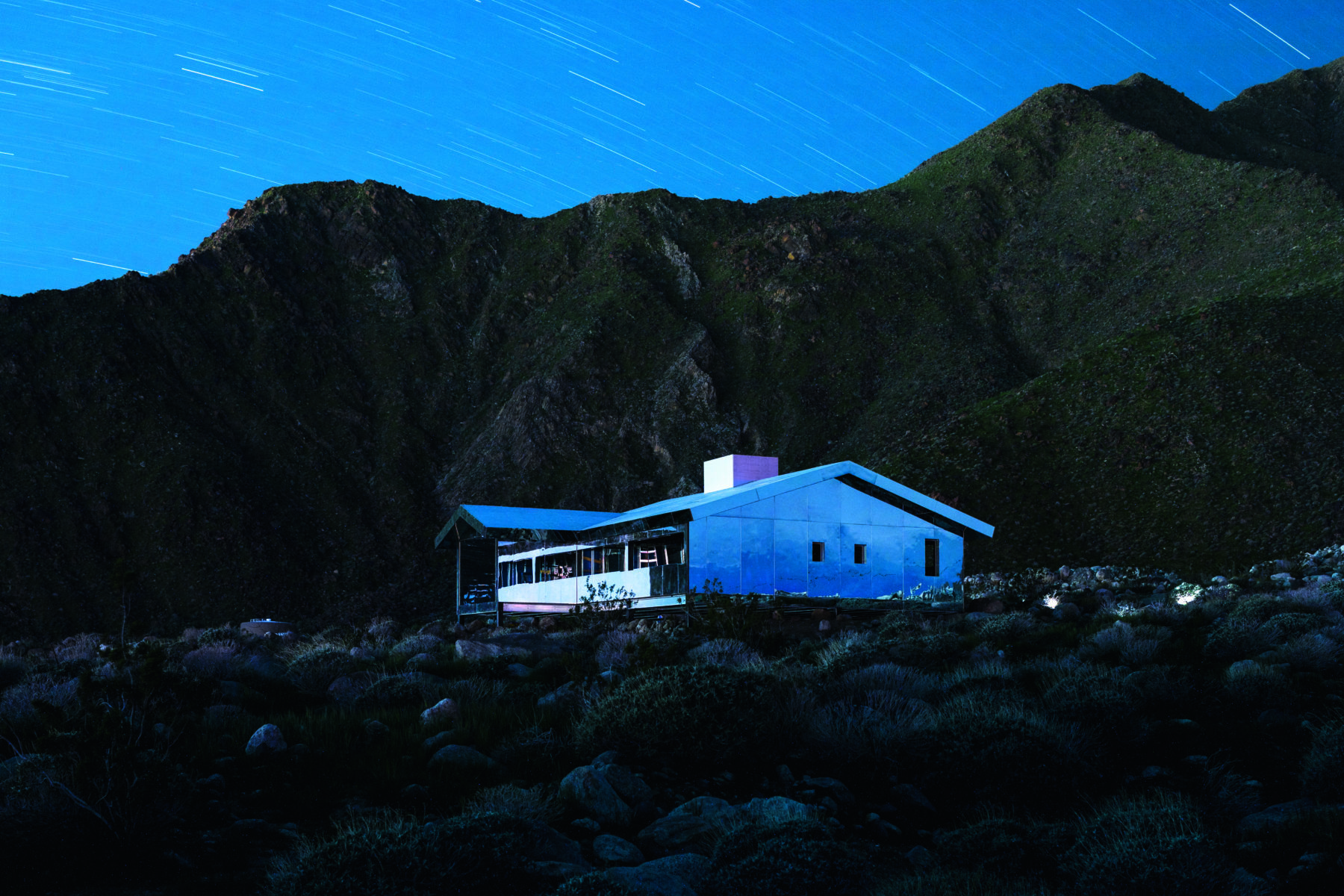
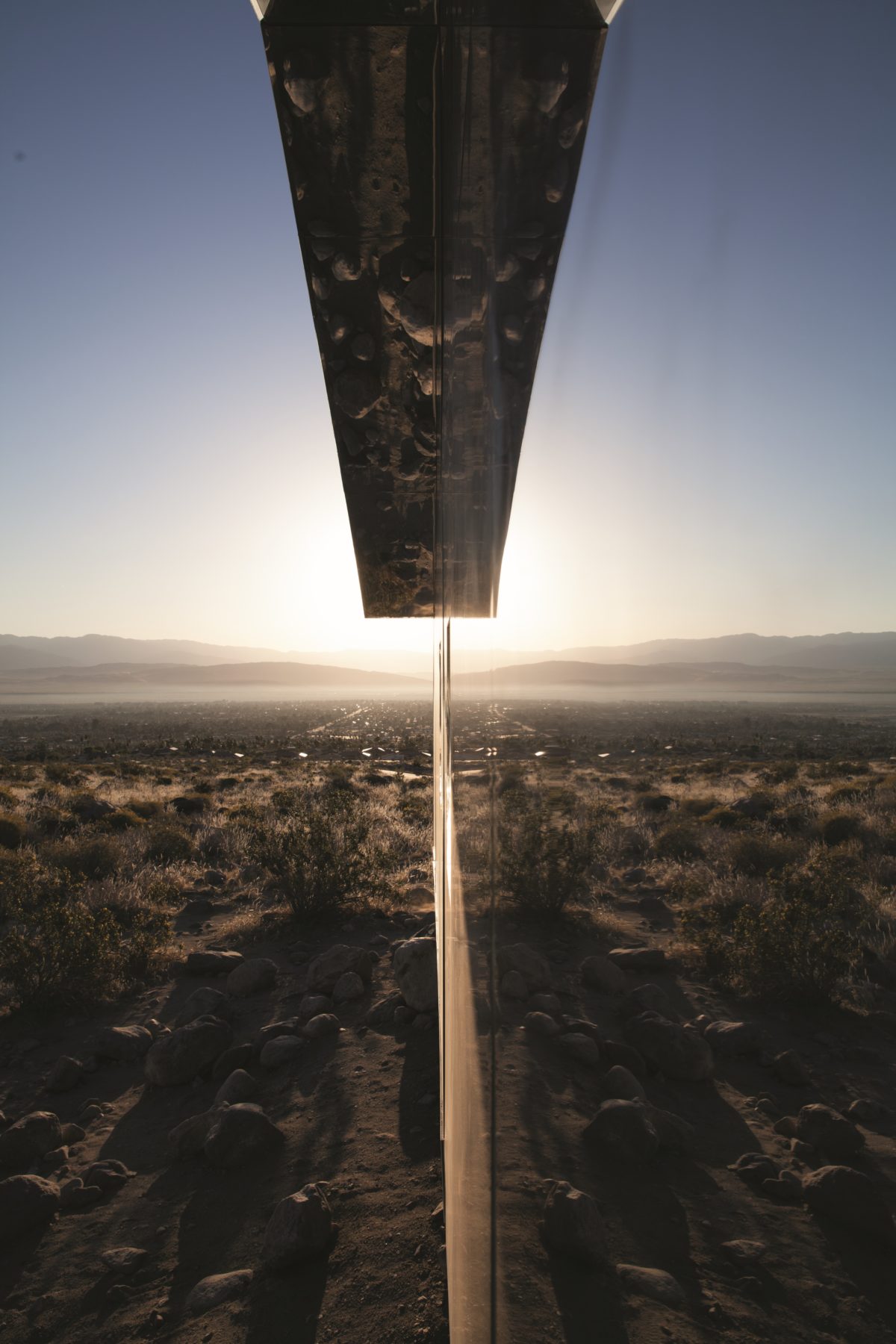
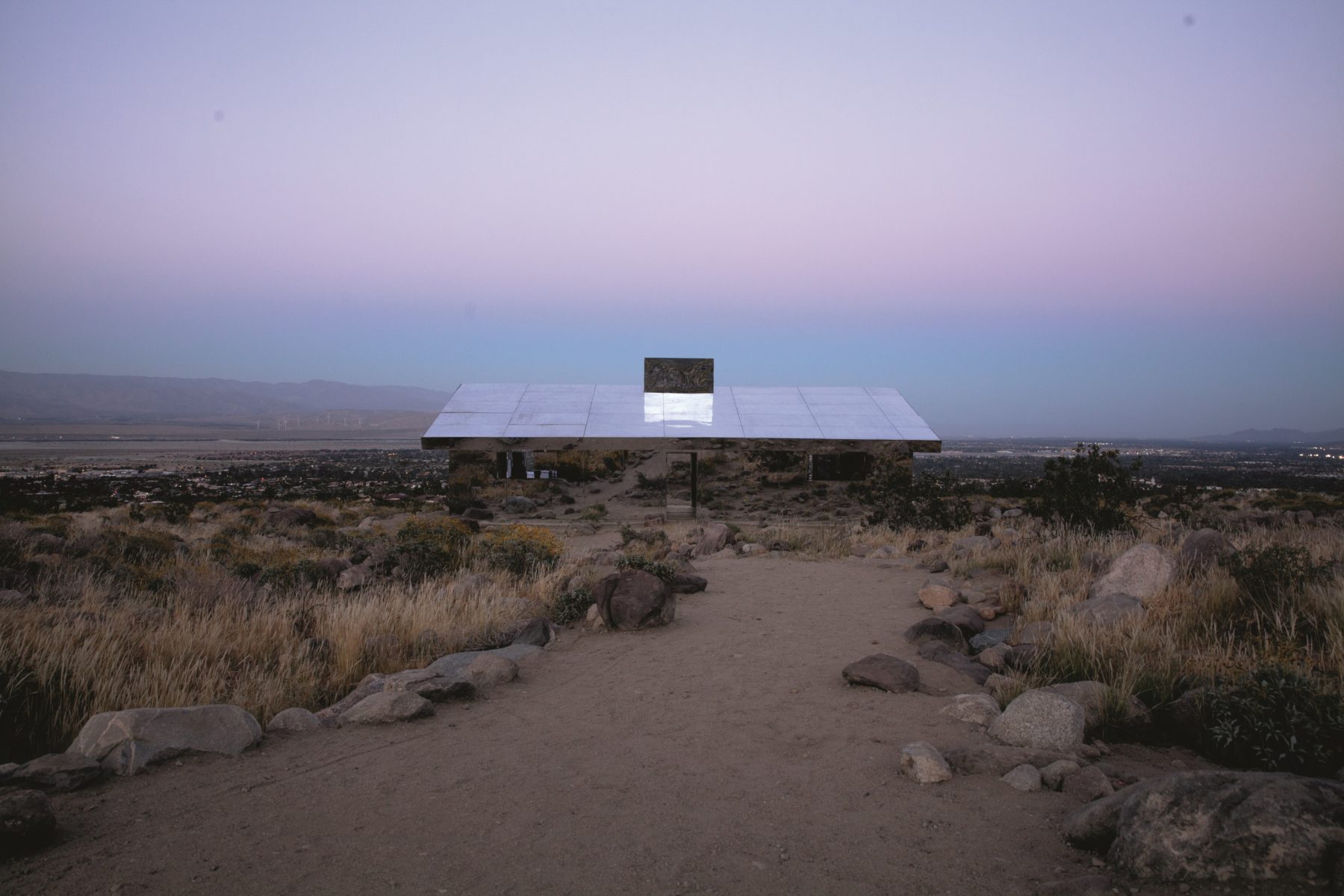
MIRAGE, by Doug Aitken
1111 West Racquet Club Road, Palm Springs, CA 92262







